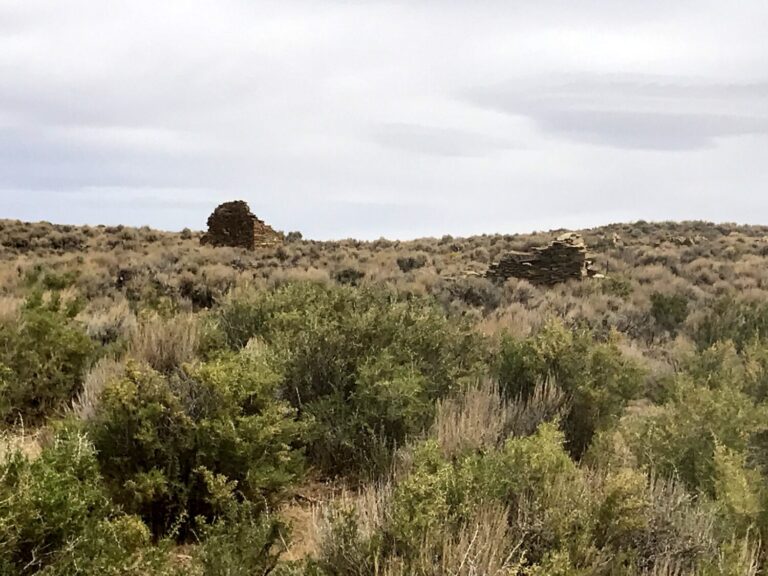
By Dave Sackett, Senior Geologist
Recently I was lucky enough to spend two weeks out west doing field work on one of Brierley Associates’ largest ongoing projects, the Abandoned Mine Land program currently underway in southeastern and eastern Wyoming. The program is being run by the outstanding group of young engineers and geologists based in our Laramie office as part of our multi-year contract with the Abandoned Mine Land Division of the Wyoming Department of Environmental Quality.
The program’s objective is to identify and mitigate existing mine voids beneath the ground surface resulting from historical underground coal mining. Once the mine voids are identified and their geometric extents determined, cellular grout mixes which have been custom designed for the site conditions are pumped into the voids to significantly reduce the risk of future subsidence, settlement and collapse. Multiple sites are being investigated and mitigated from Glenrock in Converse County to Hanna in Carbon County. But I found none more interesting, and yes even haunting, than the work underway at the old ghost town of Carbon.
A bustling community of 500 or more in 1875 (https://www.wyohistory.org/encyclopedia/carbon-wyoming), the Town of Carbon was abandoned by the turn of the century and all that remains today is the Carbon Cemetery and a few old brick foundations strewn among the bone-dry terrain of cactus and sage brush. Signs planted long ago show where the Main Street and Scranton House Hotel and Saloon stood, but all that remains are a few scrub trees and an intermittent stream that is dry from the summer heat. The thick, shallow coal seams, and the men of stout heart and mind that worked them in such fraught conditions, are all long gone.
